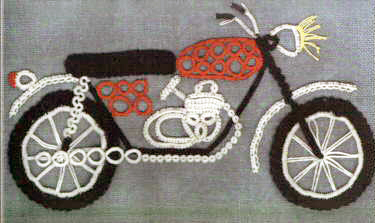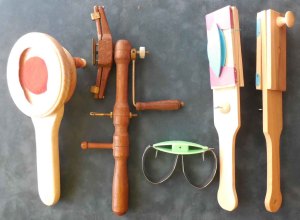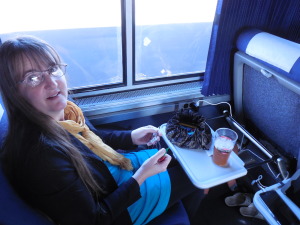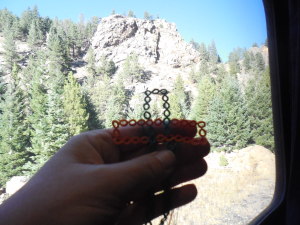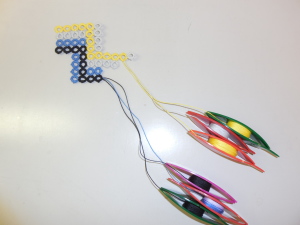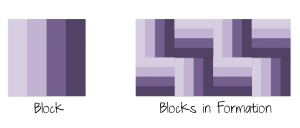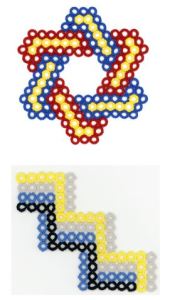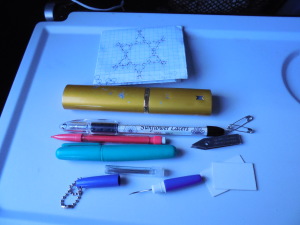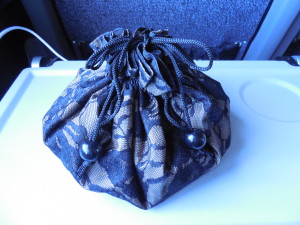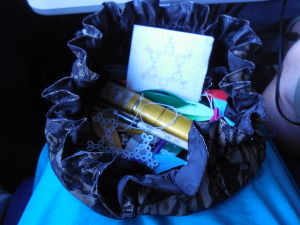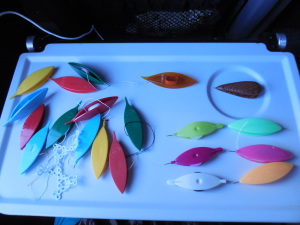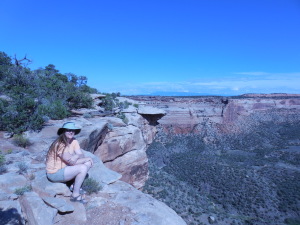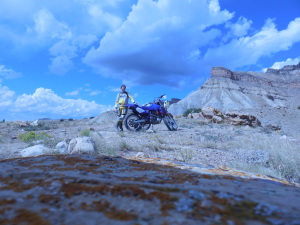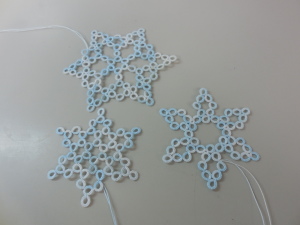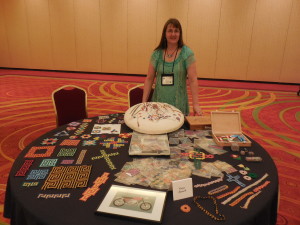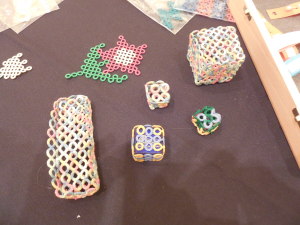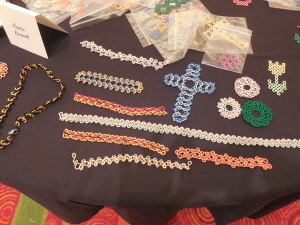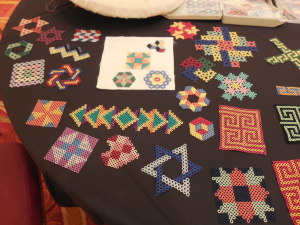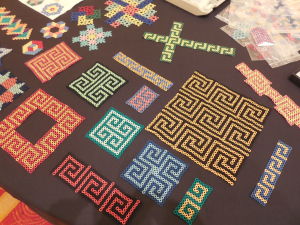tattrldy left a new comment on my post “Tatting & the train“:
This still sounds like a great way to take a trip. One day we are going to do it! When both my husband and I have vacation 🙂
I was going to just leave a reply but thought I would express further my appreciation for train traveling and how it relates to my tatting.
Keep in mind that I live in Omaha, Nebraska and am traveling to Grand Junction, Colorado. Not only is this trip 800 miles long, but it has two interesting portions of travel:
- Traveling from Omaha, NE to Denver, CO–about 500 miles of mind-numbing interestate travel through the river valley of Nebraska (which is quite flat) and then traveling through the high plains of eastern Colorado. One of the few great points about traveling this area in a personal vehicle is stopping in a tiny town called Paxton, Nebraska which has a very interesting restaurant/tourist attraction called Ole’s Big Game Cafe. Check it out here: olesbiggame.com It is truly one of those little travel secrets.
- Traveling from Denver, CO to Grand Junction–about 300 miles of breath-taking scenery through the Colorado Rocky Mountains. Keep in mind that this is still interestate travel which can be nerve-racking in that there can be alot of traffic including many trucks while navigating steep ascents & descents. But there is also another factor involved in this section of travel–that being weather, namely snow. My husband and I have already experienced this once last May when we left Grand Junction, CO in our truck wearing shorts and sandals because the weather was so beautiful only to end up in very scary/hairy snowstorms in the mountains and high plains.
 |
| May snowstorm while driving through the Rocky Mountains—going into the Eisenhower Tunnel at the Continental Divide in Colorado…it was just as scary on the other side of the Continental Divide, all the way into Denver and beyond. |
So, with that introduction to traveling from Omaha to Grand Junction I will discuss my recommendation to travel via train:
I get on the train in Omaha, Nebraska at 11 pm. I immediately settle down to sleep–I take along a blanket and pillow. When I awake in the daylight hours we are in Denver where we have a bit of a get-off-the-train break & I get one of the most delicious coffee lattes (Pig Train Coffee Co.) I have ever tasted in the newly remodeled Denver Grand Central Station. Even if you aren’t thirsty or hungry, DO just wander into the station…it is quite wonderful. From Denver on, I am fully awake and taking advantage of the most beautiful scenery possible!!! The climb up and out of Denver is nothing more that spectacular. If possible, park yourself in the Vista Car. If you are lucky there may be volunteer tourist guides in the Vista Car, talking about the history, flora, fauna and geologic & man-made points of interest along the way (& there are alot!). At first the Vista Car can be a bit crowded, but eventually everyone goes back to their assigned seat or sleeping berths and I can find a seat. The Vista Car allows you to see up and out alot better that the regular, coach cars. As an added bonus, you usually get to talk to people. Turns out I really am my father’s daughter….I love to talk to people!! In the Vista Car, there are tables that seat 4. You are encouraged/suggested/actually they demand that you share the table seats. This is OK with me–a chance to meet and learn about someone else. Of course, just the fact that we are traveling on a train means that everyone has a destination reason and story to tell. OF COURSE I HAVE MY TATTING WITH ME!! The tatting seems to be a great ice-breaker to get someone to start talking. Of course you get the “My grandmother used to do that” and the “I wouldn’t have the patience to do that” comments, but despite what they think of my artform (yes! artform!) conversation has been started and I get to learn about someone new. For many years I thought I was an introvert….I was wrong about that! All the time I’m ‘extroverting’ in the Vista Car, my husband is getting to do what he enjoys doing in the Coach Car–napping, reading, watching movies, with the side bonus of he doesn’t have to listen to me talk for awhile–it’s a win-win travel arrangement. Even when I’m not actively talking to someone, I love to people-watch. You know everyone is coming from or going to somewhere special–whether they want to or not. Everyone has an active story on the train. Of course, there is also the whole scenery, scenery, scenery issue—lots and lots of the most beautiful mountains, canyons, meadows, rivers, valleys in the country, if not world. The train goes through some regions where there are no roads, thus the scenery is unique. Of course, for US (tatters!) the added bonus is we get to relax and tat while enjoying all this scenery!!! No worries about road conditions, where to get gas, driving fatigue, etc.
 |
| Our travel companions, Phil and Sheryl enjoying their time on the train. Seats are quite spacious & recline quite a ways and include leg rests. There is lots of room to store your stuff above you (unlike the crowded conditons on an airplane). |
